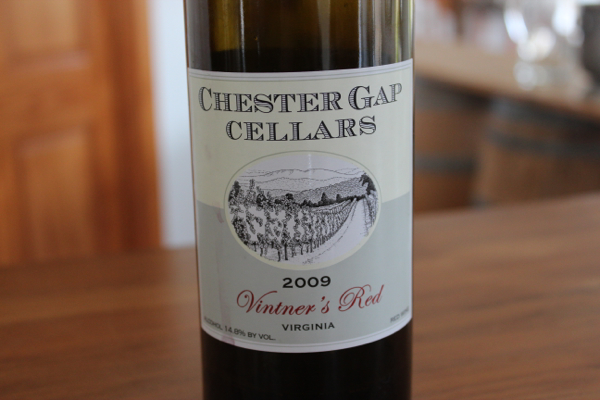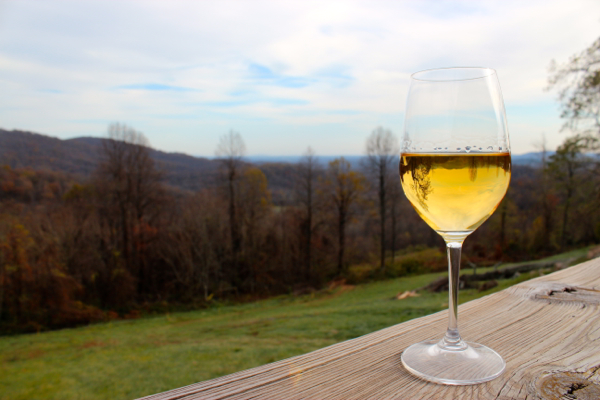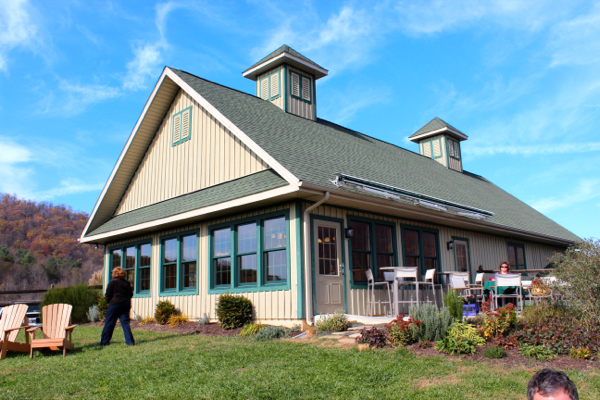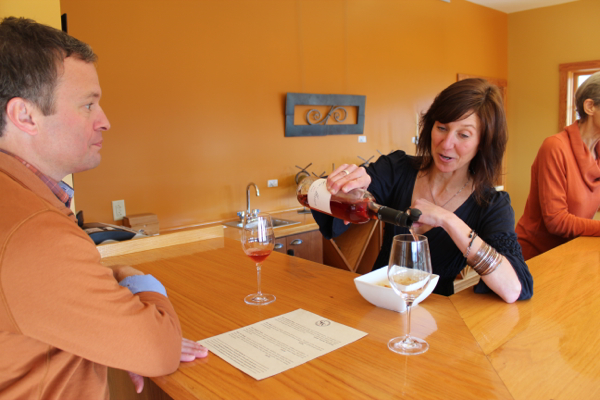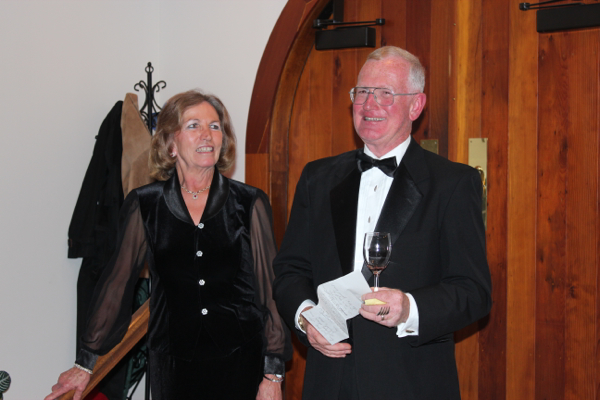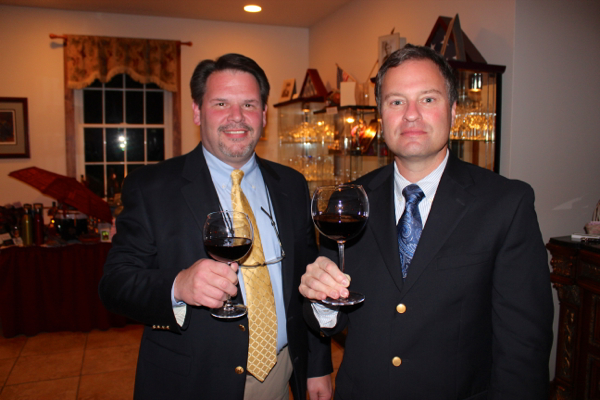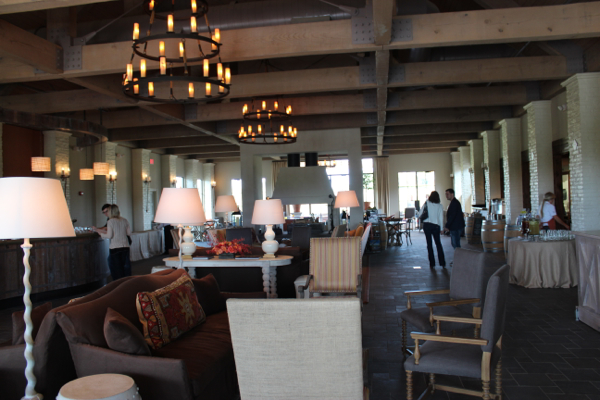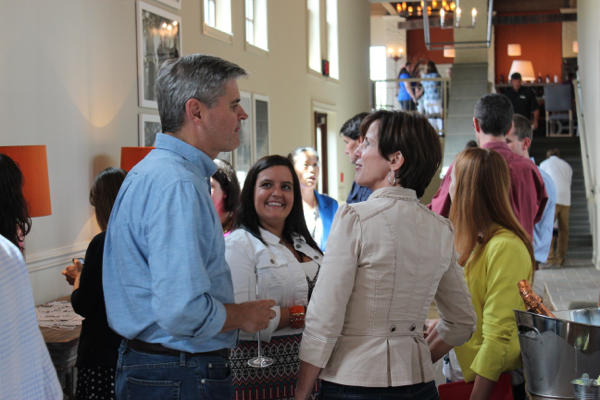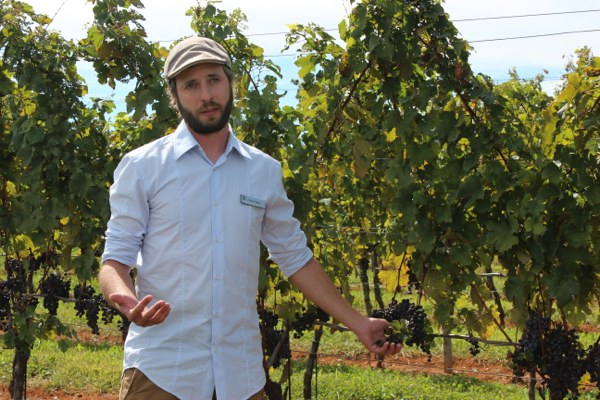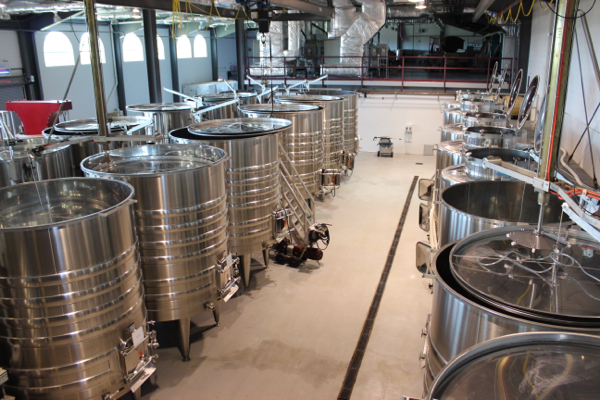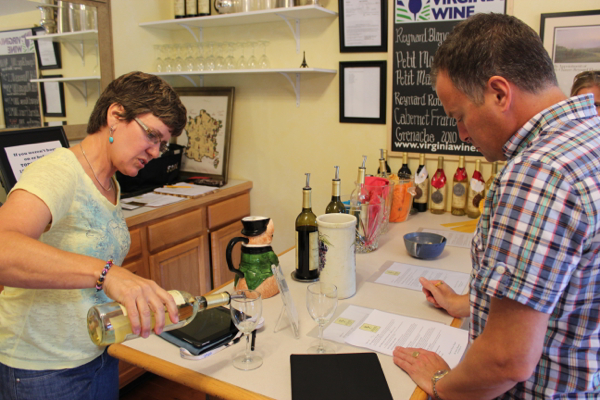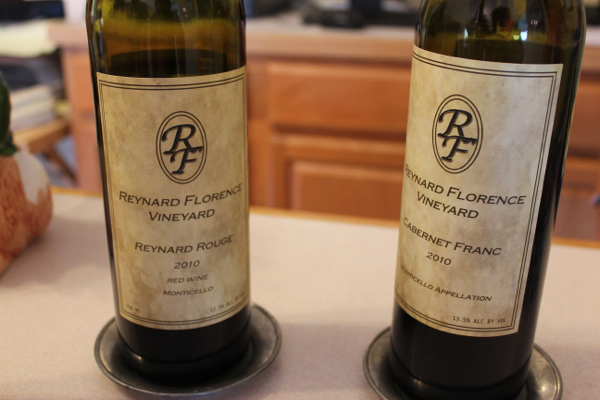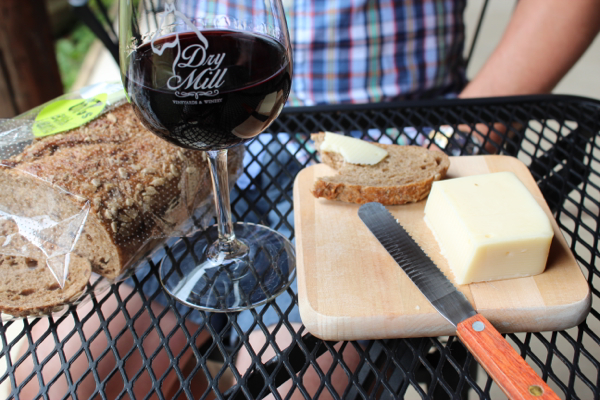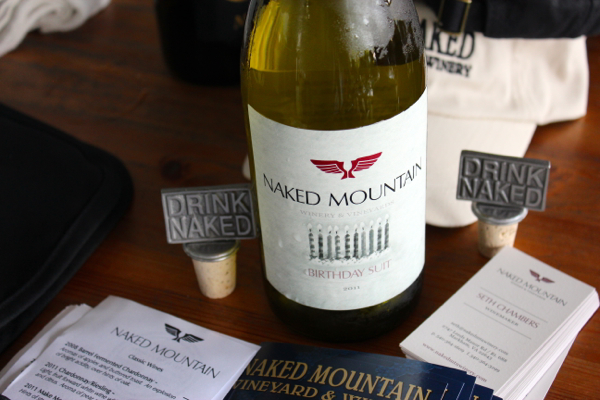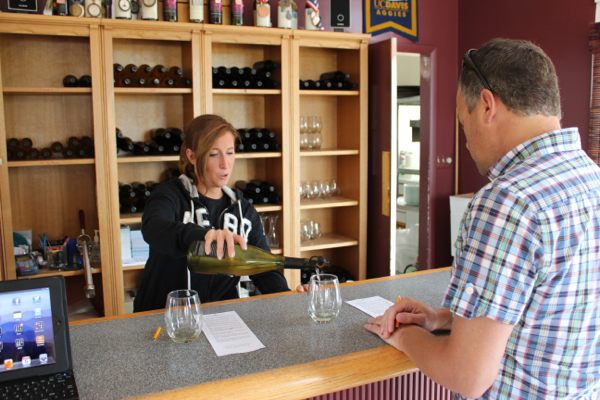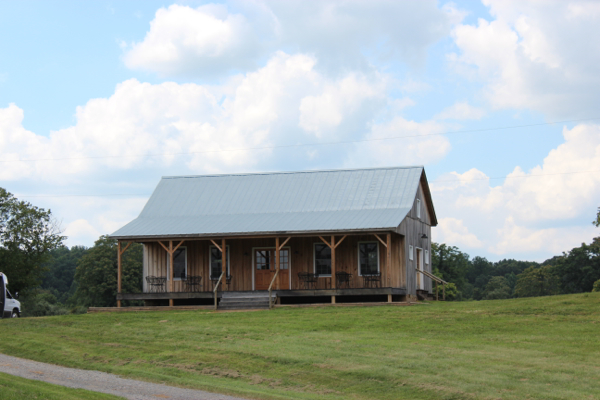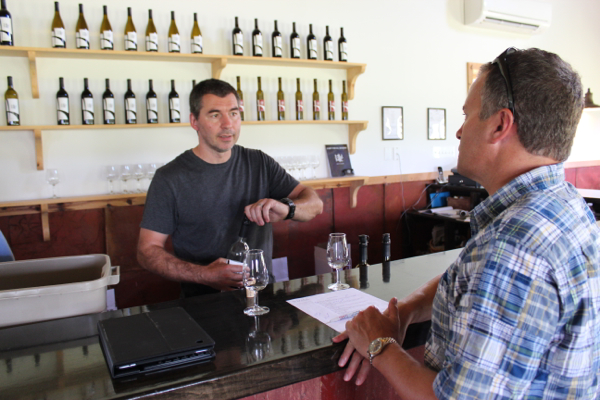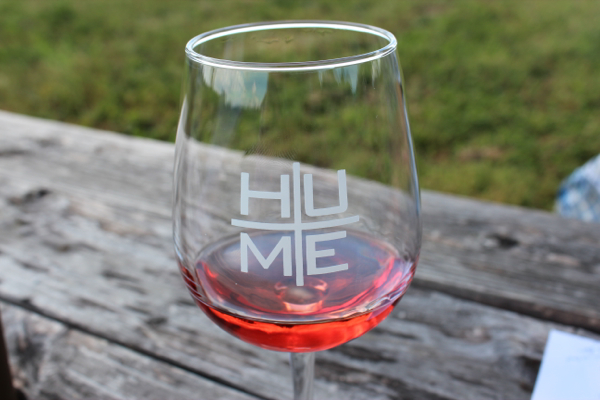https://ballymenachamber.co.uk/?p=bp4mr1j98i We attended a Cabernet Sauvignon vertical tasting at Breaux Vineyards this past weekend. The event was held in the newly opened Acadia room, the spacious events facility located on the Breaux property. We tasted Cabernets that dated back to the 2000 vintage with the 2010 vintage the latest one sampled. A three course lunch allowed tasters to enjoy the wines with appropriately paired foods.
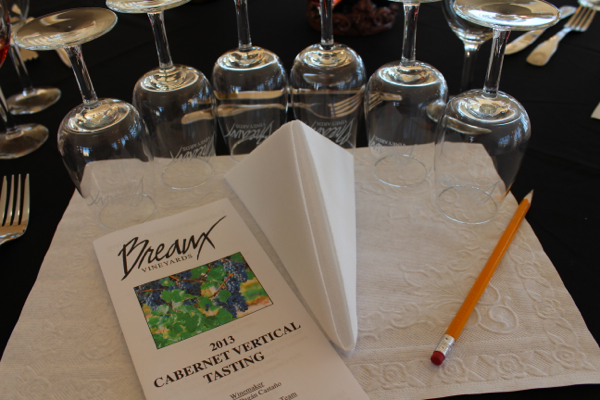
Winemaker David Pagan Castano was on hand to present the wines and then to lead discussions on the wines, the particular characteristics of each vintage, and the weather that helped to produce them. I will present the courses and the wines that were paired with each course before presenting my favorite Cabernets from the session:

First Course: Italian sausage and local lamb brochette over arugula tossed in black cherry vinaigrette with Maytag bleu cheese – Paired with 2005 and 2000 Cabernet Sauvignon
(Half eaten in the picture.)

Second Course: chicken and cheese dumplings stewed with turnip, rutagbaga, and cheese dumplings – Paired with 2008 and 2007 Cabernet Sauvignon
(Again, half eaten in the picture.)
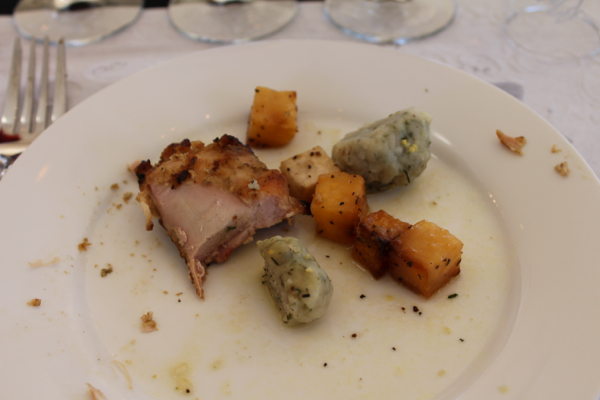
Third Course: Sous-vide beef tenderloin sliced over a sweet potato pancake and kale with balsamic Cabernet semi-glace – Paired with 2006 and 2010 Cabernet Sauvignon barrel sample

My favorites throughout the afternoon tended to be the bolder-bodied Cabernets and hence the title of the post. I enjoyed the Cabs that grabbed my attention. The smoky 2000 Cabernet was rich with earthy aromatics that included tobacco and cedar. However, my favorite was the still-evolving 2007 Cabernet. Like its older sibling from the 2000 vintage, it presented tobacco notes and earthy nuances with dark plum flavors. Its finish was quite lengthy too. Readers may recall that the 2007 harvest was one of the best in recent years, and there was no doubting the age-worthiness of this one. Following the same path with a similar profile was the 2010 Cabernet barrel sample with its sweet tobacco and licorice notes.
Order Generic Ambien Online Of course, the food enhanced the tasting experiences, and I gravitated toward the savory components of each dish as much as I did toward the bolder wines. A forkful of lamb and blue cheese dipped in the vinaigrette paired better with the 2000 Cabernet. A slice of the herbed cheese dumpling eaten with a piece of the stewed chicken opened up the fruit flavors of the 2007 Cabernet while smoothing its tannic presence. The beef and kale provided both flavors and texture to enhance the spiciness of the 2010 Cabernet barrel sample and tamed its still youthful tannins.
https://hazenfoundation.org/9iwotkqd2
https://www.fogliandpartners.com/povuajv6in7 Paul’s preferences were completely different than mine. He trended toward the fruitier Cabernets and preferred the 2005 Cabernet with the spicy Italian sausage. His favorite Cabernet, though, was the 2008 vintage. He enjoyed the ripe plum flavors and vibrant acidity of this one, and found it more enjoyable with a piece of the stewed chicken. In Paul’s view, the 2006 Cabernet with its more herbal components matched well with the sweet potato pancake.
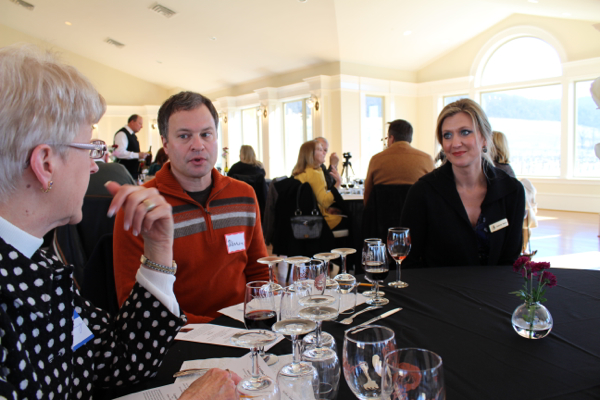
At the end of our tasting session, David conducted a poll for favorites amongst the crowd, and it seemed as though the 2007 was the winner with the 2000 a close second. In the end, the Cabs that grabbed were the most popular! Fellow wine enthusiast and friend Susan McHenry was also seated at our table, and we all had a wonderful time comparing tasting notes. I must also note that the Acadia room added a dash of elegance and charm to the event. Glittering crystals that dangled from chandeliers provided a Southern element to the facility while elaborate crown molding and walls painted soft yellow added cozy, antebellum appeal. A New Orleans boy myself, I felt at home in the Acadia room.
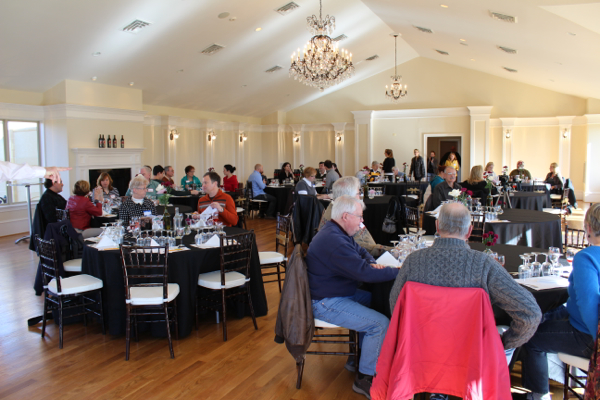
The vertical tasting ended with Lagniappe, a New Orleans term that roughly means “something extra” or a “bonus”. For tasters, a sample of the port-style Lineage was that something extra that was enjoyed in the barrel room with a slice of brie cheese.
https://www.mdifitness.com/0t40h4lm Breaux Vineyards will host a vertical tasting of Merlot and Nebbiolo in the coming months, to be sure to stay posted for those events. Of course, always plan a visit to Breaux Vineyards if a trip to Loudoun County wineries is on the weekend agenda; please mention that Virginia Wine Time sent you.
https://www.plantillaslago.com/4iwy87o0


